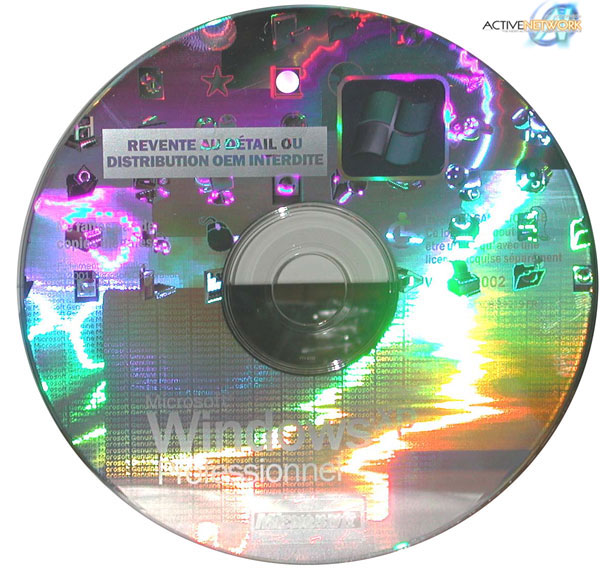

If you’ve read any other posts here though, you’ll get the idea that I like knowing what’s going on below the surface and behind the scenes. Many of these products (new versions of Windows in particular) are of major significance to the IT community, and so the terms are often widely used in discussions prior to the official release. Windows codenames are the codenames given by Microsoft to Windows products it has in development, before these products are given the names by which they appear on store shelves.
Windows Whistler Product Key Series On Youtube
Powered by Create your own.Why XP? Well, it’s just about the right size to chronicle. CLICK ME Product Key: DTWB2-VX8WY-F68R3-X696T-66Y46. WINDOWS WHISTLER BETA 2 DOWNLOAD. Find the series on Youtube under the Winutiae channel.Windows Whistler - Ebil ISO Collection.
The 0.01% difference isn’t due to the single installation screen which calls it whistler, that’s apparently a fix someone made to make build 2202 installable direct from CD.No, the 0.01% comes from one other place in the system which acknowledges this as an inauspicious start to the next coming of Windows. Except for the mentioned desktop string, 99.9% of the branding remains the same as a stock 2000 system. The watermark text on the desktop calls this version SD Windows 2000, after “Source Depot”, Microsoft’s new code management system.So what is there to show for these two months of work so far? Well, not much at all visually, or in any other way really. Whistler 2202.Just about two months after the release of Windows 2000, the first tentative steps towards the next version began.
You can see it by installing a printer, real or virtual, then going to the properties->sharing tab and selecting Drivers for additional versions of Windows.Even if they’re not enabled in this build, the Comments? box that appears in the Window captions can be by adding two entries to the registry. Only instead of showing as Windows Whistler, it shows as Windows 2001, and curiously only in the AXP64 and IA64 architectures. So where is it? Printui.dll.Yep, among a bunch of other Windows versioning strings, there are two new additions. Even if you listed of all the dlls you know you most likely wouldn’t get it. How about kernel32 or ntdll, which have changed in other ways as we’ve already seen? Nope.
This checkbox enabled the selected resolution of the decoded video to be saved as the default, something which wasn’t possible in Windows 2000. Another similar weird change was made to a single resource string in the accessibility wizard where “key” was changed to “k ey”.A final really minor change saw a seemingly inaccessible checkbox added in DirectShow’s DV video decoder, qdv.dll. So now we’ll never know how their url ends. The easiest one to access is in Narrator’s extended about dialog, where a space and newline were added into sensory system’s url. Then log off, log on again and viola, as the French say.Getting really into nitpicky territory, more differences come from the fact that somehow little errors have creeped into various dll and exe resources.
Plus they don’t have a shutdown, ‘close’, or ‘delete’ function so using the state to house an allocated pointer to one would just leak. The interlocked list functions only allowed for 8 bytes of state, so not enough for a Critical Section object. In this build, if you were running a CPU that didn’t support the instruction, they still had to make the function’s work atomic. Obviously, been so close to 2000’s release, Microsoft had yet to decide that CPU support for that instruction was a requirement to run Windows. Although at this stage the new functionality is really just existing private functions that’ve been exposed to the public.The first was the interlocked list functions, though here they’re guarded by a check to see if the cpu supports cmpxchg8b. Luckily this dialog was used as a child dialog in WMP and the parent is sized big enough to show it.Away from the nitpicky and onto the new usable functionality, because, there actually was some.
The user mode component, apart from leaking a critical section in DllMain, just forwards calls to the kernel mode component. Looking at the disassembly gives no clues as to what it actually does or services it provides. At least, I trust that’s what it is. Nebulously described as “WDM Resource Manager” in the version information of its’ kernel mode component and the similarly undescriptive “Resource Manager User Mode” for its user mode component, it’ll be no shock that it appears to be some sort of resource manager. I can only think that at the time they knew this was a temporary measure because as we all know, using one lock to guard two separate things rarely turns out well.As well as that which we’d seen before, a new component we hadn’t came in too.




 0 kommentar(er)
0 kommentar(er)
